#Natural materials
Explore tagged Tumblr posts
Text

Anselm Kiefer, Morgenthau, 2015
747 notes
·
View notes
Text

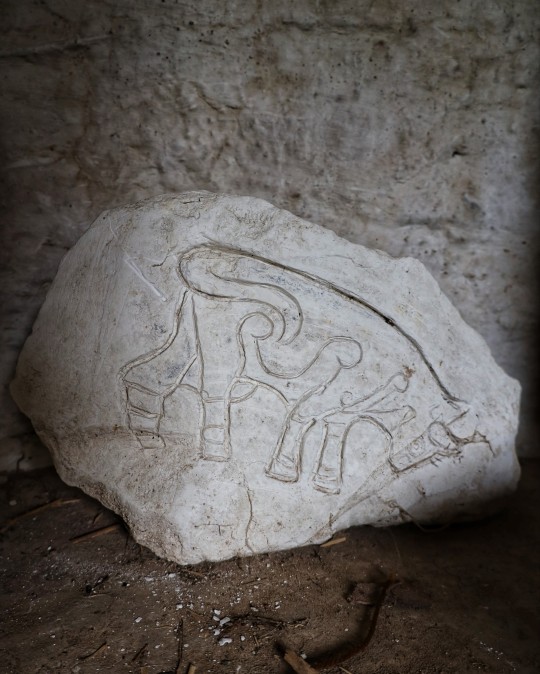
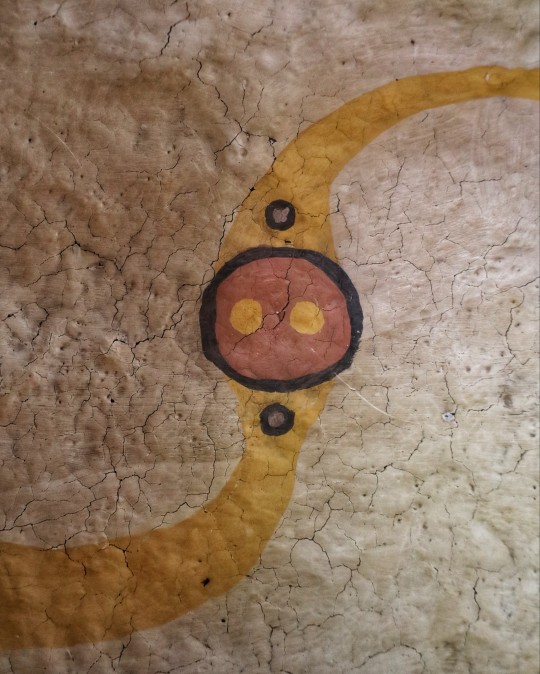

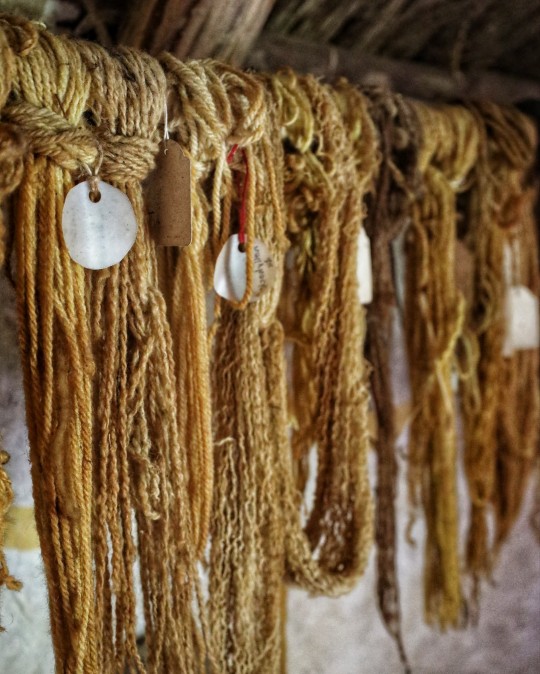

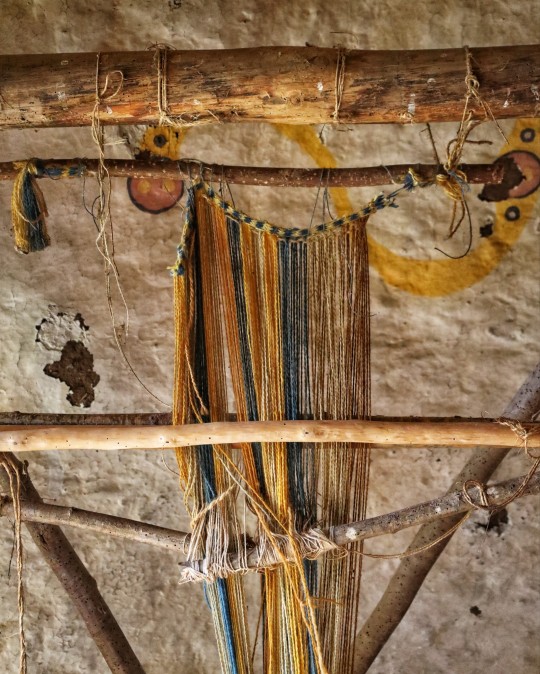
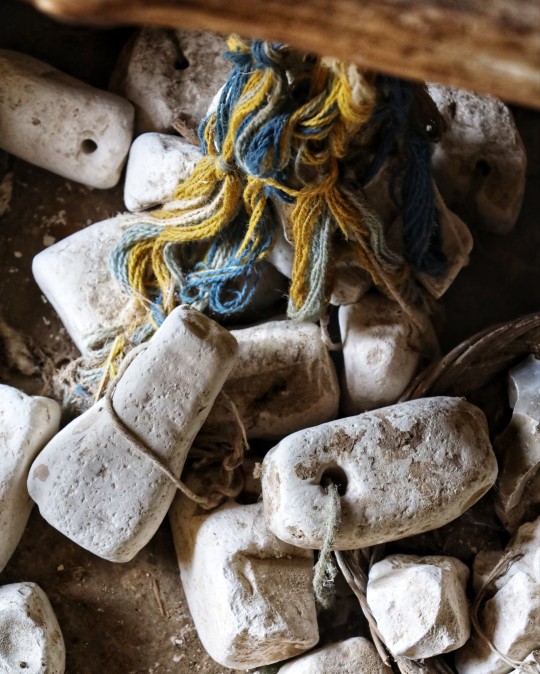
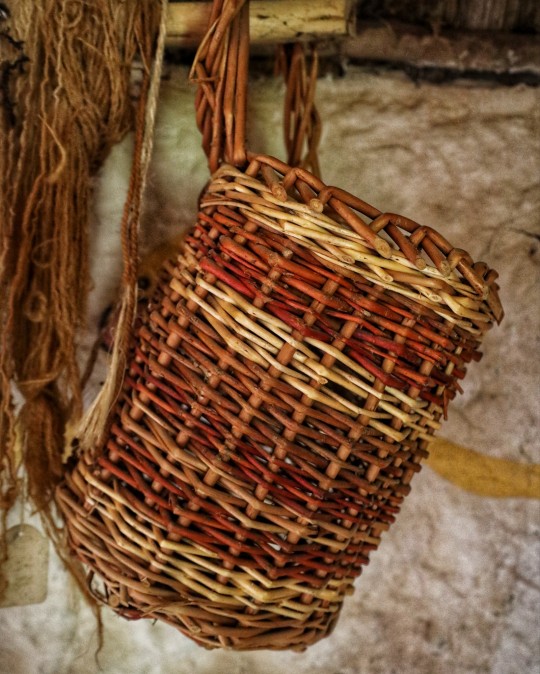
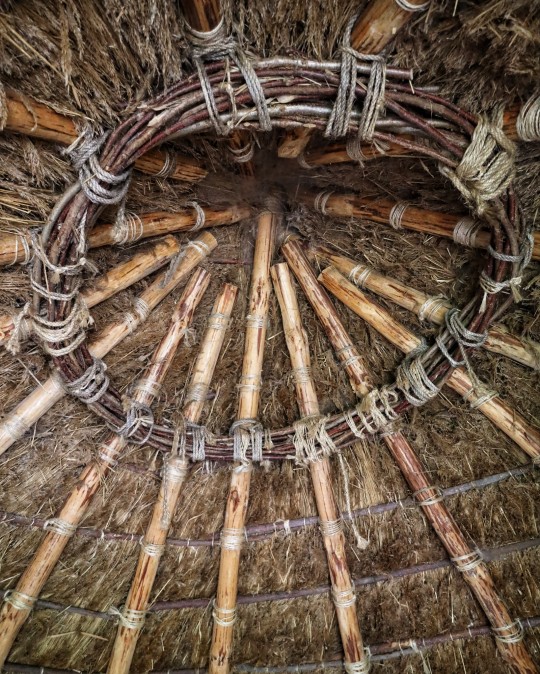
Iron Age Roundhouse Interiors, Butser Ancient Farm, Waterlooville, Hampshire
#ice age#stone age#bronze age#copper age#iron age#neolithic#mesolithic#calcholithic#paleolithic#prehistoric#prehistory#roundhouse#ancient living#ancient craft#ancient cultures#hearth#metalwork#natural materials#archaeology#butser ancient farm#community#outdoors#wild living#textiles
617 notes
·
View notes
Text

Kagome weave with dandelion stems - interplay of the fragile and the robust
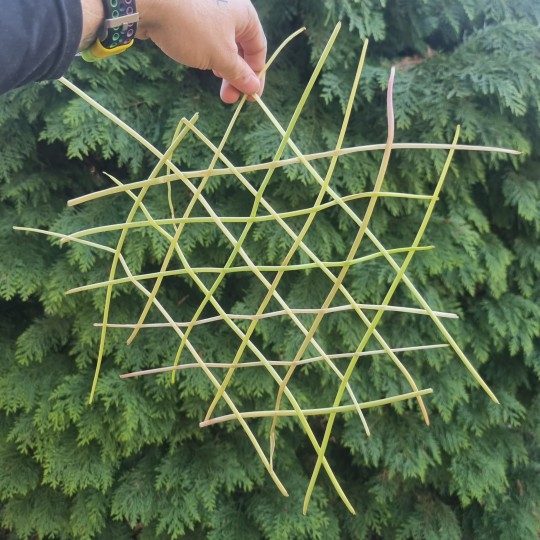

So, yesterday I plucked some dandelion stems and wanted to tinker something with it. My first attempts with these fresh dandelion stems included different kinds of braids: The material is too fragile to handle such heavy twists. Hence I decided to try the kagome pattern, as the curving/bending/twisting of the kagome pattern is very light and does cause few stress on the material. Additionally, as I wove I realized again the advantage of this pattern: While it is also simple and elegant in its simplicity, it has practical aspects as well, as it gets its stability from the whole it forms. Each stem alone is not responsible for the stability of the woven piece.
But as network of entangled members supporting each other, the kagome weave stands out with its rather robust kind, despite being built up by rather fragile members.
#kagome#kagome weave#weave#weaving#hexagon#hexagonal#web#dandelion#dandelions#dandelion stems#diy#artsy#crafty#nature materials#natural materials#handcraft#robustness#design#interplay of the fragile and the robust#patterns#pattern#mathy art#math art
84 notes
·
View notes
Text

Construction of the mother-of-pearl trench coat, Loewe SS25 by Jonathan Anderson



#paris fashion week#pfw#ss25#loewe#jonathan anderson#fashion#runway#process video#metiers d'art#savoir faire#mother of pearl#trench coat#pattern#surface pattern#surface pattern design#pattern design#textile design#textiles#natural materials#shell
26 notes
·
View notes
Text

hanging garden by noah schneiderman, 2023, oil on sewn canvas, naturally dyed with cutch + iron + indigo + marigolds + madder root & chlorophyllin, 46 x 36 inches
#noah schneiderman#american art#painting#unusual materials#natural materials#garden#trees#plants#2020s
84 notes
·
View notes
Text






Hello, my name is Anastasia, I will show you beautiful things for hair now. I’m working with accessoires, if you are interesting - write me, and I will choose something special for you, or I’ll send you a link for shop.
Thank you for attention, see you soon.
#mcdavidian#pink#acccessories#haircare#hair accessories#pink accessories#pink aesthetic#girlblogging#this is what makes us girls#flower#cat#cats#cats accessories#kitty cat#kitty#kitties#elastic#hairclip#shopping#made in france#ecology#nature#natural materials#swarowski#crystals#no plastic#cotton acetate#womens#bussiness#beauty
10 notes
·
View notes
Text
Master Japandi Interiors: Blend Minimalism & Warmth
In this post , you will learn on Japandi interiors. Check out my japanese products [here]. In recent years, the Japandi interior design style has become a prominent trend, captivating homeowners and designers alike. A blend of Japanese minimalism and Scandinavian functionality, Japandi is more than just a fleeting trend; it’s a lifestyle choice rooted in simplicity, craftsmanship, and…
#Eco-friendly design#Functional furniture#Home decor ideas#Interior design trends#Japandi interiors#Japanese aesthetics#Minimalist design#Modern minimalism#Natural Materials#Neutral color palette#Scandinavian style#Wabi-Sabi philosophy
4 notes
·
View notes
Text
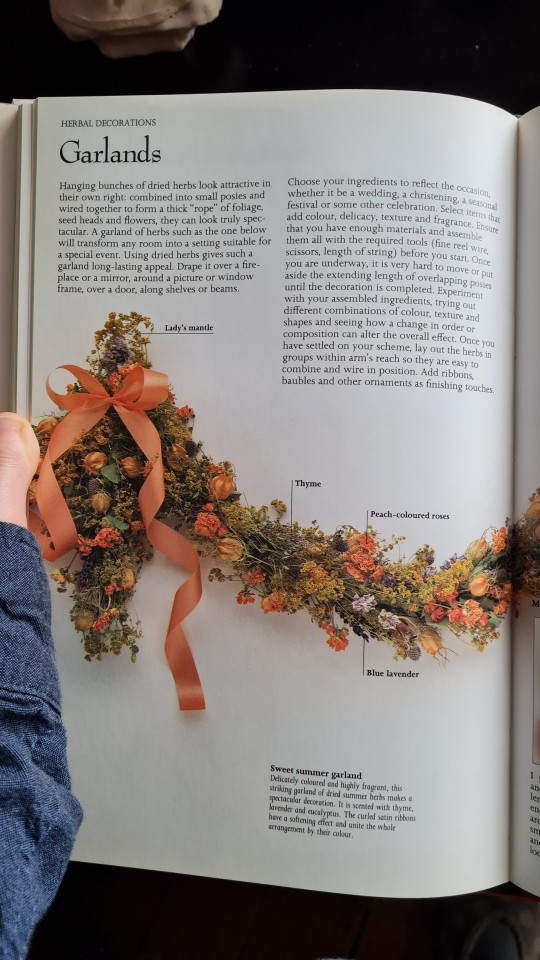
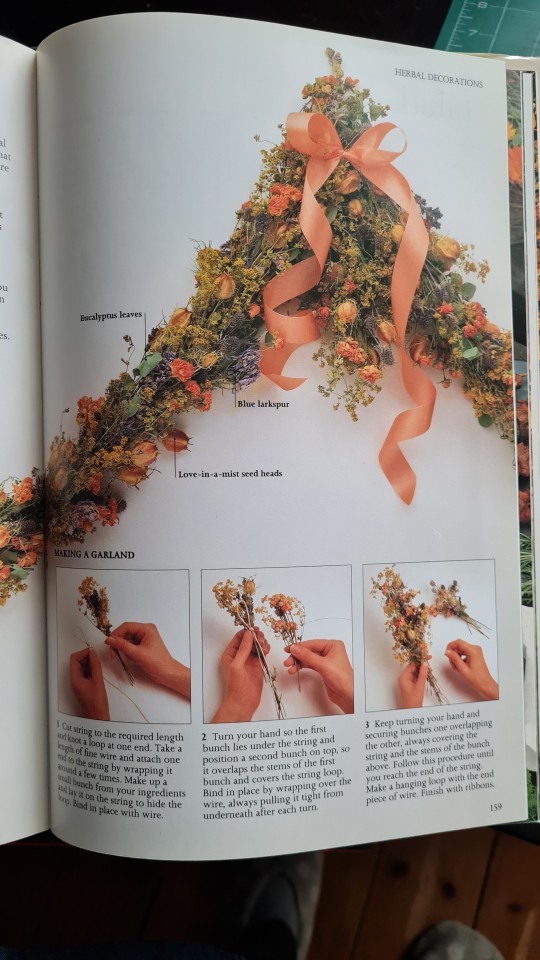
From a book on herbs I've got. Herb garland
121 notes
·
View notes
Text

doodling a tree with @cyclopsboxhead taking a crack at sustainable art.

we were doodling at a garden, and I realized I didn’t have any materials. and so, I thought this would be a good opportunity to forage for materials; sticks, rocks, fallen flowers petals, wood chips, etc.
i found it extremely comforting and relaxing, painting a simple tree with a dear friend with materials from the very earth that many would simply walk over.
art can bloom from anything.
after I was finished, I simply left the materials back on the ground, to be absorbed by the ground and cycle.
#sustainability#sustainable#sustainable art#nature#trees#artists on tumblr#flowers#recycled art#natural materials#enviroment art#environmentalism#art#garden#happy day with a friend#doodle#too many tags#SoundCloud
7 notes
·
View notes
Photo
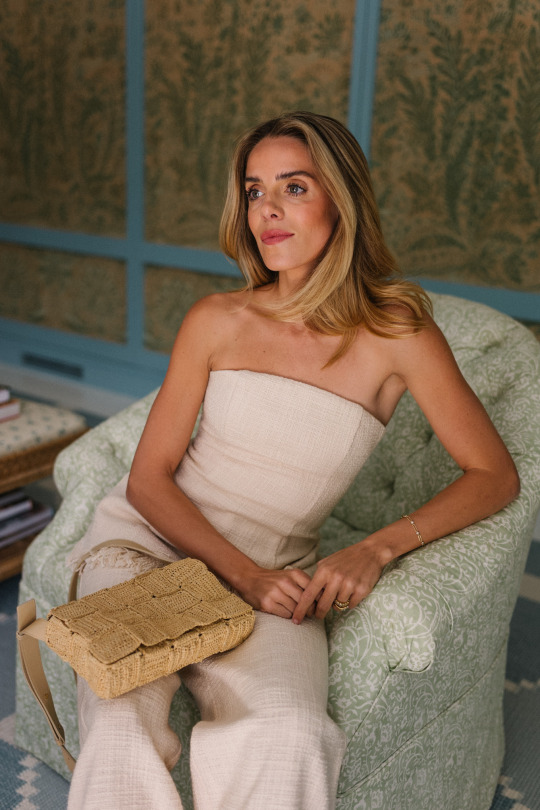
New Rattan & Raffia - Julia Berolzheimer
#rattan#raffia#fashion trends#sustainable fashion#style#natural materials#elegance#texture#craftsmanship#accessories#modern style#timeless design
14 notes
·
View notes
Photo
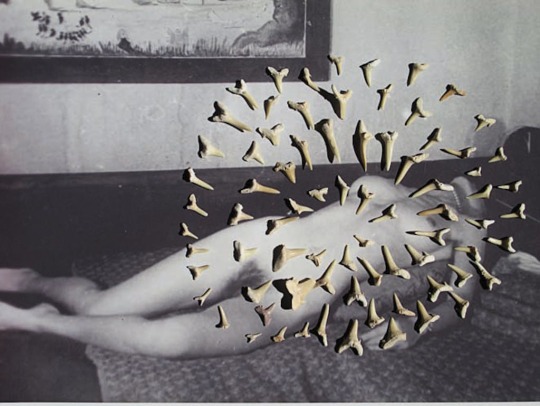
Camille Henrot
Collection Préhistorique (Femme allongée et dents de requin), 2009
Photographie couleur (tirage Fine Art, impression jet d’encre) Image : 30 x 40 cm (11.81 x 15.75 in)
448 notes
·
View notes
Text
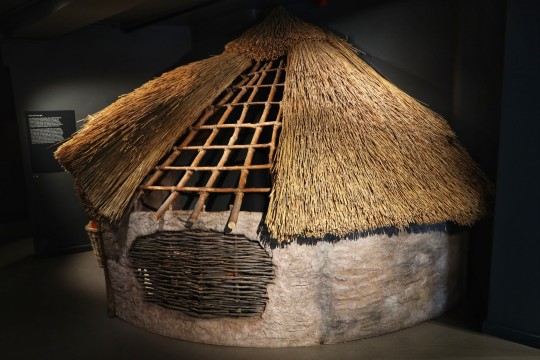

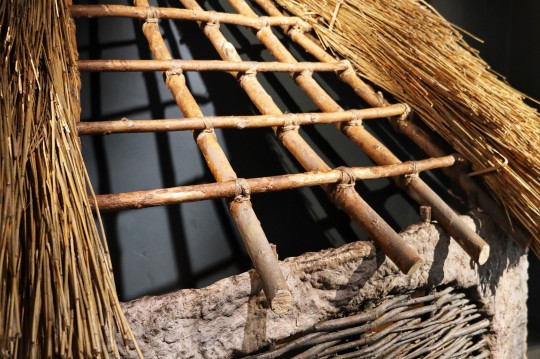
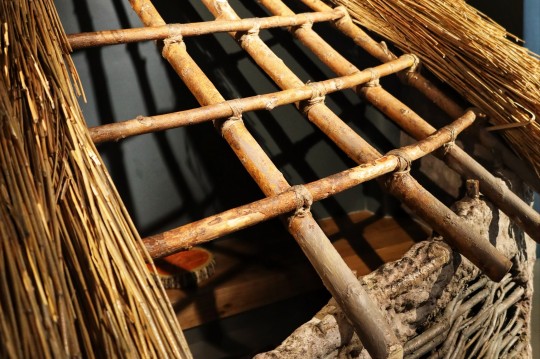
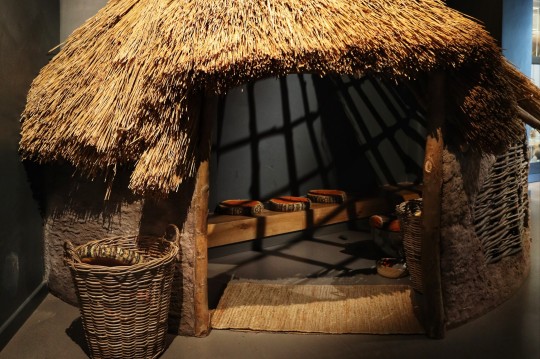
Reconstructed Iron Age Roundhouse, Corinium Museum, Cirencester
#ice age#stone age#bronze age#copper age#iron age#neolithic#mesolithic#calcholithic#paleolithic#prehistoric#prehistory#roundhouse#settlement#archaeology#reconstruction#shelter#natural resources#natural materials#corinium museum#Cirencester#community#hearth
99 notes
·
View notes
Text
youtube
#ecoprint #naturaldye #bundlesecoprint
The Secret of Ecoprint Technique (Full Tutorial) Part 1 • The Secret Recipe of E...
The Secret of Ecoprint Technique (Full Tutorial) Part 2 • The Secret of Ecoprint...
So hi, im roman, FINALLY todays video id like to show you the secret recipe how i made ecoprint on fabric, how i create a beautifull print on it, a secret why and how the leave or the flower leave their shape beautifully, this is base on my exploration, maybe the weather, ph level of water and so many factor will affect the result, but you can try this recipe.
This video is maybe long, but i dont want to cut the video so i will show you every step of the process of the textile making.
Step by step :
1. Choose the best fabric/materials
2. Clean the fabric (Scouring), i have 2 ways to clean deeply the fabric (2 method)
3. Preparing the fabric (Mordanting), 2 step to make your fabric is ready to dye.
4. Selection of the plants.
5. Bundles and Steam Technique.
6. I love you.
1. Fabric / Materials
The first is the most important before you making natural dyes, selection of fabric or material, because we work on natural dyes, natural things, so make sure the fabric that u ll be use is from nature also, like linen, cotton, or maybe silk.
2. Scouring
The second, is to scoured the fabric, what is scouring means? Scouring refers to thoroughly washing or deep cleaning the fabric, to remove residue or residual chemicals on the cloth from the factory when fabric making.
This is one factor of success in achieving strong color on natural dyes, is to start with completely clean fabric. Does this mean fabric washed in washing machine? No! We think the washer gets our clothes totally clean but it honestly does not. That is why, to get a good even coverage with your dyes, it is very important that you deep clean your cellulose fabric such as cotton, linen, bamboo, or maybe silk.
For me, this is my method, i have 2 ways to scour the fabric, the first is boil the fabric on hot water with some soda ash about 20 minutes, or if you dont have a soda ash you can use any detergent, but i recomend a soda ash and TRO (Turkish Red Oil). Boil for 20 minutes and ready for the next step, but if you patient enoght i have another tips, another methos, that is leave your fabric on soda ash mix with water for about a night or a couple night, until the fabric is clean and dry it.
3. Mordant
The 3rd step, next for this step is to mordant the fabric, what is mordant means? Mordant is like to prepare your fabric for natural dyes, mordanting process make your fabric good enought to sticking the tanin (the substance in plants that produces color/natural dyes) from leaves and flower. More rich the tannins on a plant, more strong the color will be.
There is 2 step of mordanting the fabric,
Mordant First step, recipe (you can re-adjust composition) :
Aluminium Sulfate (Tawas)
Iron Sulfate (Tunjung)
Baking Soda
Vinegar
Mix all the ingredients with water
Dry the fabric.
Note : be careful with fragile fabric like silk, dont add too much recipe
Mordant Second step, recipe :
Calcium Carbonate (lime betle/kapur sirih)
Mix with water
Ready to print or you can dry it and keep for print when you need. (Make sure make it wet again the fabric before you print)
For the precise composition please follow and dm me on instagram / roman.muhtar ✨
4. Selection of Plant
More rich the tannin on a plant, more strong the color will be.
What i choose :
Hibiscus flower (Bunga sepatu)
Bidens pilosa (Dom dom an/babadotan)
Acalypha (Daun Ekor Kucing)
Vernonia (Daun Afrika)
And many more you can explore
5. Bundles Ecoprint
Here‘s tutorial • Bundle Ecoprint Tutori...
6. Thanks for watching, i love you!!!
Lets be friend
Lets be friend
/ roman.muhtar
/ romannuansa
my work https://msha.ke/boolao
#Roman Nuansa#solarpunk#how to#how to eco print#how to bundle dye#eco print#bundle dye#diy#do it yourself#natural materials#natural fabrics#natural dye#Youtube
8 notes
·
View notes
Text
Dream Home - Part 2
Today I want to continue the description of the ideal home my partner and I envision. I copy here again what I said about it in the first part of this post, here. In that first part, I shared with you our idea for the home itself, while today I am going to speak about its sustainability, a topic that deeply resonates with us. Photo by Emre Can Acer on Pexels.com Part 1 – The House Here is a…

View On WordPress
#Architecture#bamboo#Bow window#carbon footprint#carpet#cob#compost#dailyprompt#dailyprompt-1845#dailyprompt-2049#Dream Home#Energy-efficient appliances#green roof#home#insulation#Kirman#LED#LED lighting#Mahogany#Nain#natural materials#natural stone#permaculture#Persian Carpets#Raffaello Palandri#rammed earth#reclaimed wood#recycled steel#Sustainability#Tabriz
2 notes
·
View notes
Text
"I'd love to have hobbies but I'm too broke"
"Yeah sounds fun, if you have that kind of money"
"Lol out of touch. Like people just have the money for craft supplies laying around"
My loves. My beautiful humans of all varieties. I am kissing you on the forehead so gently and begging you
Do. It. Poor.
Humanity has existed for around three hundred thousand years. Money as we know it has existed for about five thousand of those years. Humans have been doing stuff without money for most of our history as a species.
Find out what resources are available in your area and get your hands on some and create something with them.
This can include things like "buy nothing" groups and construction rubbish and lengths of carpet in the dumpster behind the local flooring place. Free pallets and broken tiles and scrap fabric on marketplace and craigslist.
It can also include natural clay deposits you teach yourself to refine for pottery, and plants that can be turned into fibers and spun and woven, and minerals and husks and berries and roots and a thousand other things that can be used to make natural dyes.
I have made paper from the wood of a neighbor's tree that they had to cut down. I collected a good bit of it for my mom to do woodturning with as well and she made wooden cooking spoons and spatulas, and wooden hair pins, and pens, and some chairs.
I have knit bags made from yarn I spun from local cottonwood fluff I collected off the ground.
I have dyed paper and fabric and soaps and wood and hair using dyes made from local plants and kitchen scraps and mineral pigments I collected and ground and mixed myself. I have made my own paints and inks and paintbrushes and canvasses as well.
I have made beautiful mosaic topped side/end/coffee/bedside tables with broken tile bits and scrap wood or sometimes scrap metal.
I taught myself how to make butter and jams and bread and jerky and a plethora of other things from scratch through mostly trial and error and bothering people's grandmothers
I taught myself how to make fishooks from a variety of materials
I've made cat trees from carpet scraps and junk wood, and cat toys from feathers and fabric scraps and sticks and string (I did sterilize the feathers to avoid illness and mites and such)
I have made soap from scratch using table scraps and lye I extracted from wood ash. I have similarly made lotions, salves, balms, and tinctures from scratch from collected materials. I have made candles from both tallow and beeswax acquired for free or very low cost, acquired from local apiaries and butchers.
I have made clothes for myself and others, as well as shawls, bags, scarves, quilts and whole host of other things from free sheets, blankets, clothes, and other "trash" fabric people were either giving or throwing away because of holes or rips or stains.
I taught myself leatherworking to make bracelets and bag straps and sandals and fetish gear from scrap bits of leather, usually sourced from ripped or otherwise damaged leather jackets that were being thrown out.
I taught myself to weave wreaths cause we have pine trees here and what the fuck do you mean eighty dollars for some pine boughs and ribbon???
I spent 6 months travelling without purchasing a single night in a hotel room or purchasing a single travel ticket of any kind, picking up odd jobs and selling things I crafted from materials found along the way and ride sharing and camping (yes there was an element of danger there, but travel is always dangerous. Being alive is dangerous. Being a fat neurodivergent disabled queer afab poor person is hella dangerous. I refuse to spend my precious life isolated and afraid)
Sand paintings can be done with pine resin, natural dyes, and sand.
Makeup can be made entirely from things you can find around you in most parts of the world.
Felting can be done with pet hair.
Carving
Whittling
Cooking
Metalworking/blacksmithing
Hunting and trapping
A canoe can be made from...a tree
Please, please look at the world you are part of and realize *it will not charge you money for joy*
Look at how the native peoples of your area did the thing you want to do. Look at how other cultures have historically accomplished that thing. Pretend civilization has fallen and there isn't anyone to pay for materials and supplies. Pretend plastic doesn't exist. You are so much freer than you realize. Do it poor. Live your life. Your desire is the only permission you need in order to create, in order to have hobbies (Victor Frankenstein and Hannibal Lector I am not talking to you).
And for those of you worried about whether this applies to you, I am both poor and heavily disabled. I cannot stand or walk for longer than ten or fifteen minutes. I cannot lift more than ten pounds without *fracturing my spine*. My glasses give people migraines. I am AuDHD. You learn to work around your limitations, and accomodate yourself. I learned how to make myself a folding stool with 3 decent sized branches and some strips of leather or canvass. It is lightweight but holds all my medically obese self without issue. I put a strap on that sucker and now I have place to sit whenever I need, even if it's every few steps. I'm not on anyone else's timeframe when I am doing this stuff, I'll sit when I please for as long as I need. I learned how to make a travois for dragging stuff I can't safely lift. I got a cheap immersion blender because my shoulders can't handle the level of stirring required for soap making and several other things. I do almost everything, including furniture making, sitting down, often in my wheelchair (which I got for free and made a seat for cause it didn't have one and I couldn't afford an intact, functional wheelchair). These things can be adjusted for disability, for neurotype, for location (including inner city), for limited available time (I was working 3 jobs and raising toddlers for a good portion of this time, before I became too disabled to work). Human creativity is near limitless. Use it!
If you don't know where to start or how to find the info you need or how to accomplish your hobby for free or low cost, ask! Ask me, ask other crafty people, ask people with an interest in anthropology, ask local groups of indigenous artisans, ask the internet. Don't expect folks to construct a detailed, start to finish set of instructions for you, but they can usually point you in the right direction in terms of finding the knowledge you need, or to get you past a point you're stuck at (an affectionately exasperated older lady once emailed back with just "you didn't add vinegar to fix the dye did you?" I....had not). Not every craft or hobby will be able to done low cost (I do not know how to make a telescope sorry) but many can, more than most people think.
Capitalism is a cage for the human spirit. Slip the bars baby.
#poverty#art is a human right#crafting#natural materials#natural methods#low tech#crafting IS survival#todays life skills are tomorrows hobbies#anti capitalist
5 notes
·
View notes
Text

fibres, mankoen 2023
12 notes
·
View notes